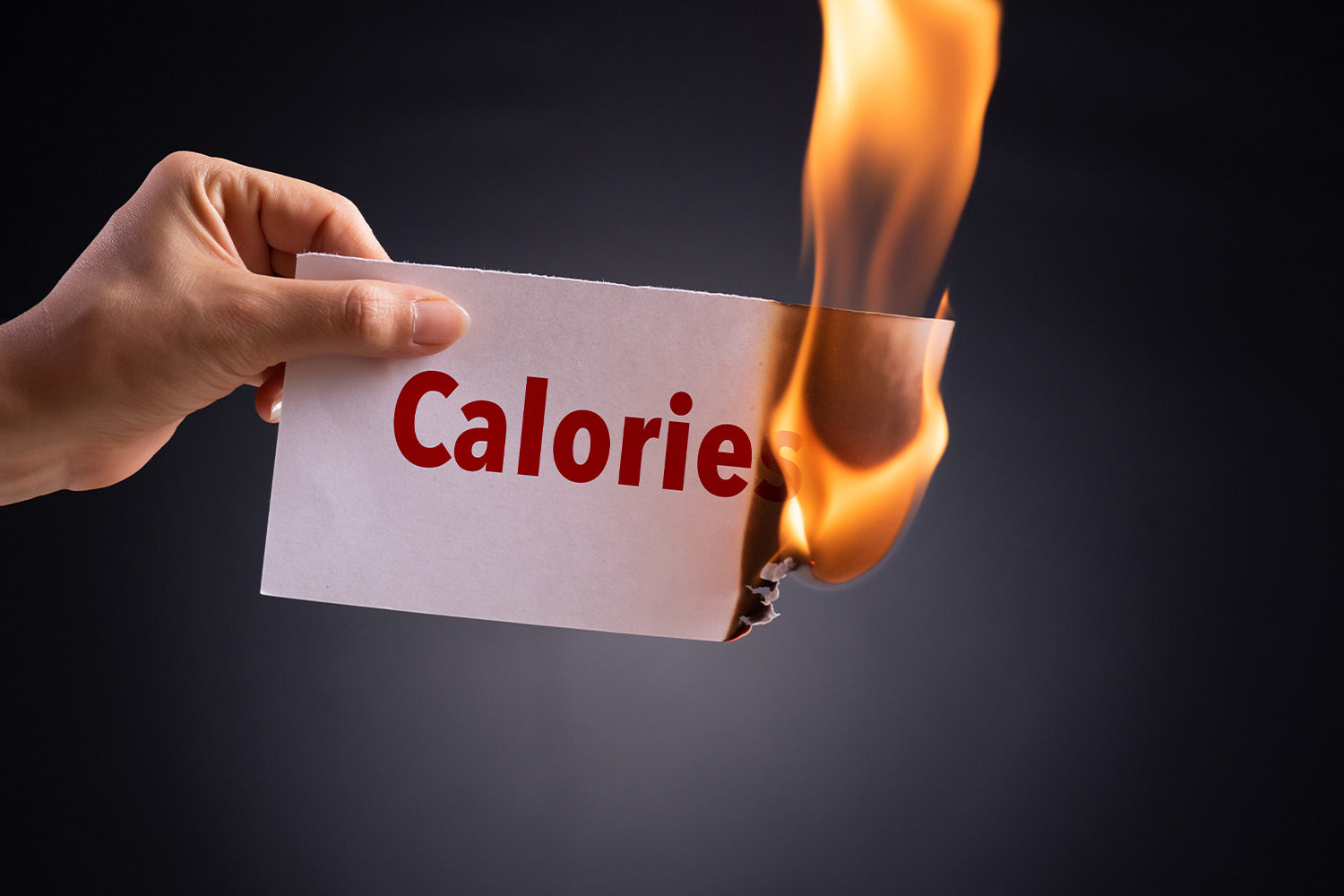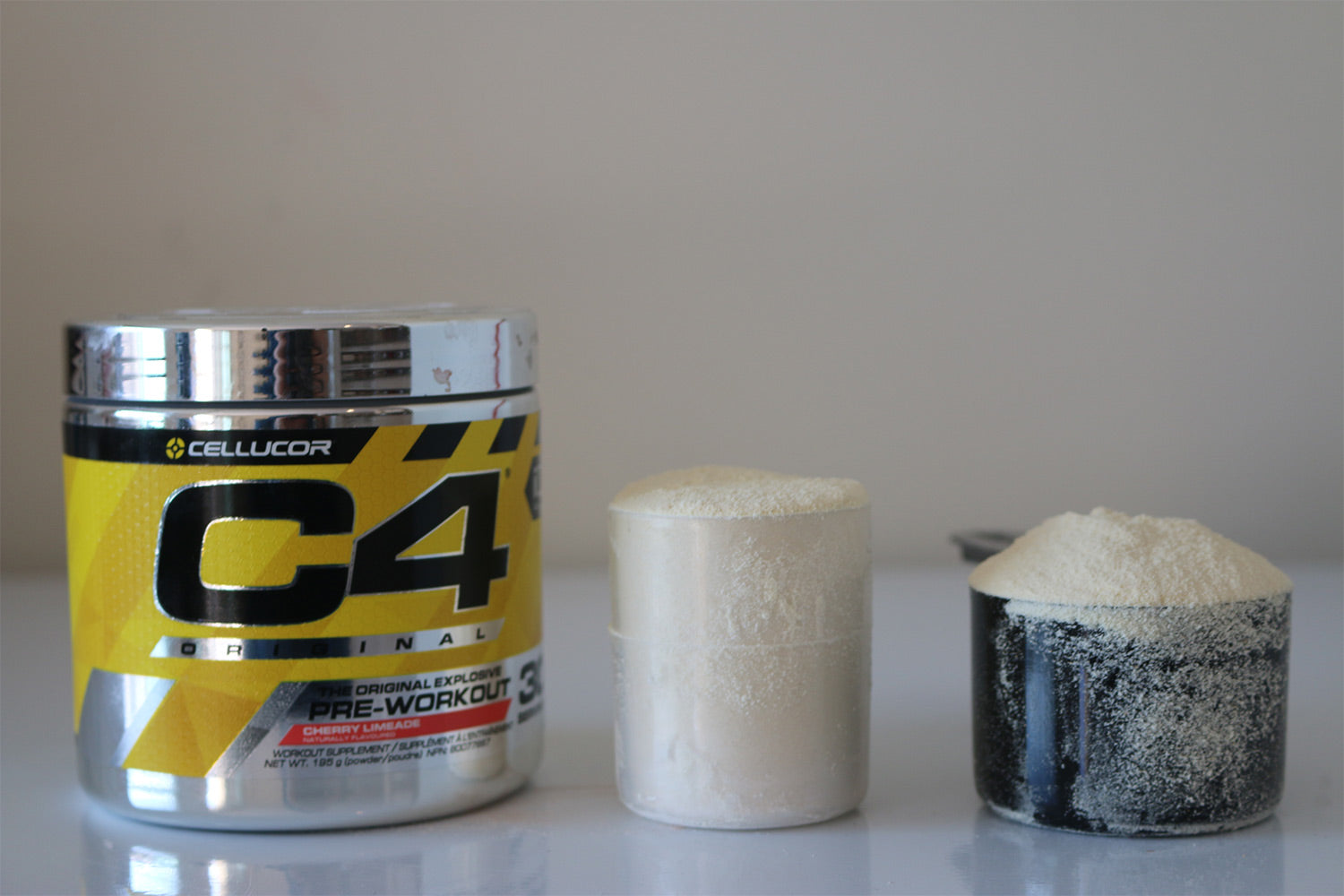Daily exercise is vital to maintaining and improving your overall health. In fact, the Department of Health and Human Services (DHHS) recommends that you get a minimum of 150 minutes of moderate-intensity cardio exercise per week. That being said, you can have too much of a good thing.
If you're an athlete or just enjoy physical fitness, you probably know that exercise releases endorphins and can be very rewarding.
Although, excessive exercise can be a serious issue that many exercise addicts face.
Exercise addiction is an unhealthy obsession with fitness and exercise that often results in damaging behavior. Such behavior can include overtraining, steroid usage, and eating disorders. While the vice is different, exercise addicts can display the following:
- Obsessing over the addiction of a healthy lifestyle
- Lack of regard for physical health
- Inability to stop even when desired
- Secretly engaging in the activity
- Behavioral addictions
- Mood changes
- Exercise compulsion
- Interpersonal problems
- Restlessness or irritability
- Low self-esteem
If you or someone you know is engaging in such behavior, an addiction could be at play. Talk to your healthcare provider if you suspect you are experiencing an exercise addiction; they will be able to give you a diagnosis.
Let's learn more about exercise addiction.
What Causes Exercise Addiction?
In many cases, exercise addiction is quite similar to substance addiction. When you exercise, your brain releases endorphins and dopamine, the same neurotransmitters released during drug use. These result in a euphoria that goes away when you stop exercising. Addicts are often chasing that feeling of euphoria.
Exercise addiction can also originate as a result of body dysmorphia. This is a mental health disorder in which you obsess over a perceived flaw in your appearance. Oftentimes, that flaw is noticeable to only you.
While body dysmorphia is most common in people obsessed with losing weight, resulting in such eating disorders as anorexia or bulimia, it can also affect people obsessed with putting on muscle.
Are You At Risk For Exercise Addiction?
Being dedicated to fitness is not bad and doesn’t necessarily mean that you are at risk of exercise addiction. However, if your dedication to fitness stems from a feeling of pressure to stay in shape, then you may be at greater risk. This can also indicate an eating disorder, which can also incite exercise addiction.
Furthermore, overweight people who set out on extreme diets and workout regimens may also be at greater risk of addiction. When engaging in such body-changing journeys, it is important to stick to a substantial diet, take recovery days, and seek assistance from medical professionals.
Research has found that people with other addictions, such as cigarettes, drugs, and shopping, may be at greater risk for exercise addiction. Often, former addicts will turn to exercise to fill the void left by their former addiction. Just as coffee can mimic the stimulating effects of cigarettes, exercise can mimic the euphoric effects of drugs.
If you feel the following symptoms, you may be experiencing or at risk of exercise addiction:
- Having a buzzed feeling after exercising
- Experiencing withdrawal symptoms after going without exercise for long periods of time
- Experiencing urges and desires to exercise
- Reducing activities in other areas of life to make time for exercise
- Spending long periods preparing for, and recovering from, exercise
- Experiencing an inability to stick with a normal exercise routine
- Intention effects
-
Increasing tolerance and frequency
Risks of Exercise Addiction
One of the most important aspects of exercise is recovery. Without giving your body ample time to recover after a workout, you’re not only increasing your risk of injury but also limiting your potential results.
Overtraining can result in:
- Interrupted sleep
- Elevated resting heart rate
- Overuse injuries, such as stress fractures
- Diminished performance during workouts
- In rare cases, Exertional Rhabdomyolysis
- Body image disorder
- Mental disorders like anxiety, depression, and obsessive-compulsive disorder (OCD)
It is generally recommended to include one to two recovery days between workouts; however, exercise addicts will likely disregard such precautions. This puts them at heightened risk of injury.
Substance Abuse
On top of overtraining, exercise addicts can engage in risky, life-threatening behavior. One such example is steroid usage.
Exercise addicts, in most cases, will have unrealistic body image goals, such as impossibly large muscles or an inhumanly slender waistline. When they inevitably cannot achieve those goals, especially in the case of building muscle, they can resort to steroid usage. Abusing steroids can result in such damaging effects as:
- High blood pressure
- Blood clots
- Heart attacks
- Stroke
- Artery damage
- Testicular cancer
- HIV/AIDS
- Hepatitis
- Mania
- Delusions
Like any addiction, this kind of behavior is damaging to not just the abuser but also their loved ones.
Eating Disorders
Another common symptom of exercise addiction is an eating disorder. The true cause of eating disorders is psychological, originating from an unhealthy obsession with body weight or shape. Needless to say, this goes hand in hand with exercise addiction.
Exercise addicts who are obsessed with losing weight may experience anorexia or bulimia. Anorexia includes severe eating restrictions that result in dangerously low body weight, while bulimia includes periods of binge-eating followed by force vomiting. Both are influenced by a fear of gaining weight and an unhealthy, unrealistic image of self.
When To Seek Treatment
Exercise addiction is especially difficult to diagnose as addicts often do not see any problem with their behavior. Furthermore, the American Psychiatric Association (APA) does not recognize exercise addiction as a diagnosable disorder.
Like other addictions, exercise addiction is often reported by the people close to the addict. Indicators that treatment is necessary include sacrificing social, familial, and professional obligations to exercise more. Additionally, serious action must be taken in the case of steroid abuse and eating disorders.
What Treatment Is Available?
For treatment to be successful, the addict must accept that they have a problem and practice self-control. In addition to engaging in cognitive behavioral therapy, such activities as yoga and meditation may help addicts control their impulses.
In the case of an eating disorder or steroid abuse, both therapy and medical attention may be necessary. In some cases, rehabilitation centers can be the best option. Oftentimes, these individuals need to undo severe physical damage, so in addition to mental health treatment, attention from dietitians and physical therapists may be beneficial.
It may also be necessary to stay away from gyms, as that kind of environment can lead to temptation. Canceling your gym membership can be a good start. There are plenty of low-impact exercises you can do at home to keep you healthy while preventing overtraining.
How Can Exercise Addiction Be Prevented?
To prevent exercise addiction and its associated risk, it is important to incorporate recovery days into your exercise routine. While everyone’s body is different, it is generally recommended that you incorporate one to two recovery days between each of your workouts. Not only does this prevent overtraining and other unhealthy habits, but it also ensures that you will get the best results from your workouts.
You inflict small tears into your muscle fibers when you engage in resistance training or high-intensity interval training (HIIT). While this sounds like a negative thing, muscle growth is actually stimulated by this damage, as muscles grow bigger and stronger as they recover. Without allowing your muscles ample time to recover, this process cannot happen at its full potential.
One of the most beneficial forms of recovery is active recovery. Active recovery relies on conducting moderate exercise during rest days to prevent lactic acid buildup, increase blood flow, and maintain your exercise routine. Always listen to your body, though, and do not engage in any form of activity when you feel pain, nausea, or light-headedness.
The Benefits of the Ski-Row Air By EnergyFit
The Ski-Row Air and Ski-Row Air + PWR machines by EnergyFit are an excellent choice for people recovering from exercise addiction and overuse injuries. These machines combine the low-impact benefits of rowing with the versatility of skiing, creating one of the most multifaceted workout machines on the market.
Similar to swimming and cycling, these erg machines are low-impact, meaning they put little stress on the joints and bones. You can also use it at any pace you can like, making it an excellent choice for both high-intensity interval training (HIIT) and active recovery.
What sets these machines apart from typical rowers is their versatility. On top of the cardio and full-body resistance training that rowing provides, they can also be used to isolate specific movements and muscle groups. Even more, the full-body nature of these machines allows for entire workouts to be completed in just 15-30 minutes.
Due to their low impact and unparalleled versatility, these machines are at the top of the list for people who want to stay active without the risk of overtraining. They are also ideal for home use, making them an excellent choice for those who want to stay away from the gym.
Putting It All Together
Exercise addiction is a serious condition that can affect people obsessed with fitness. While this can stem from an addiction to the euphoric effects of exercise, people with body dysmorphia, eating disorders, and other addictions are at the most risk.
While exercise is a good thing in moderation, addiction can lead to overuse injuries, steroid abuse, eating disorders, and a negatively impacted social and professional life. Those who suffer from this condition should seek treatment from mental health professionals and doctors, dietitians, and physical therapists.
An exercise addiction does not mean you should cease all exercise, though. The goal of treatment should be to practice self-control. Once that is achieved, you can enjoy the healthy effects of regular exercise.
Sources
A meta-analysis to determine the dose response for strength development | NCBI
What are the side effects of anabolic steroid misuse? | NIDA
Rhabdomyolysis: What Every Fitness Pro Needs To Know | NASM
Prevalence of the Addictions: A Problem of the Majority or the Minority? | NCBI





Leave a comment
All comments are moderated before being published.
This site is protected by hCaptcha and the hCaptcha Privacy Policy and Terms of Service apply.